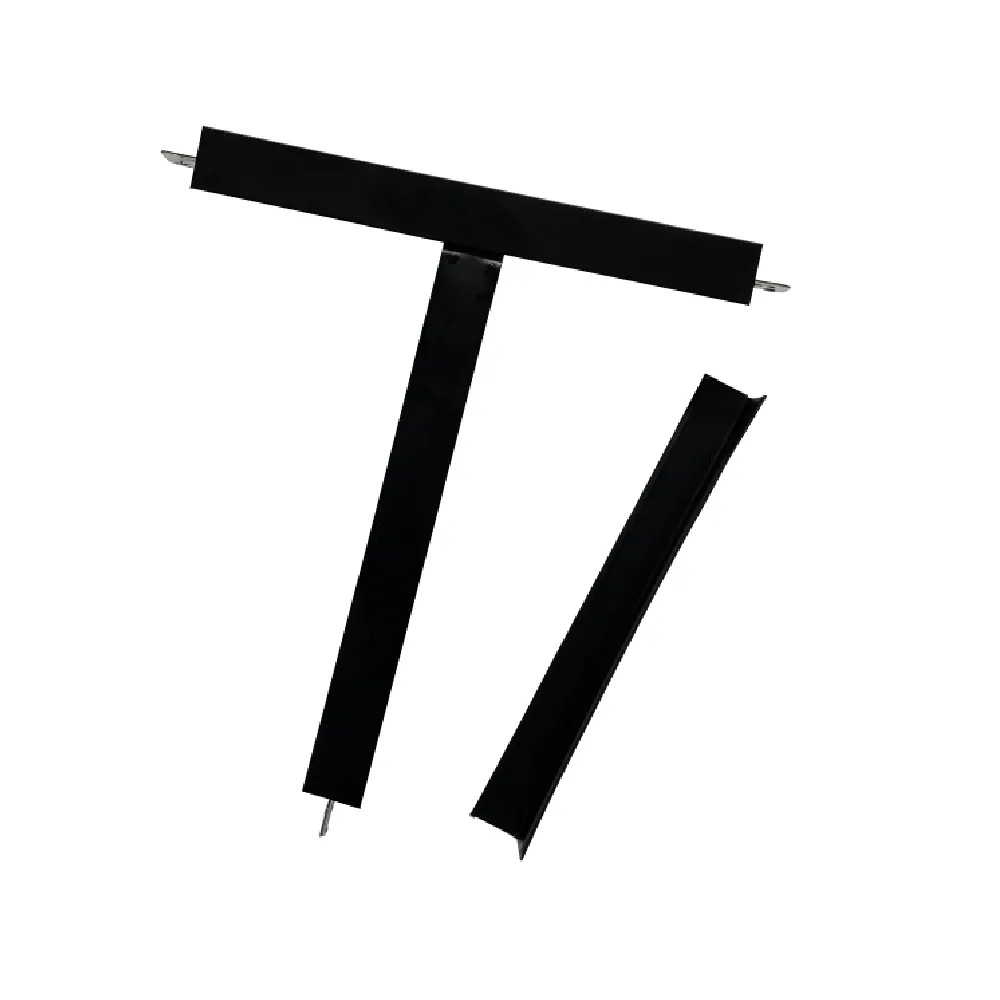Nov . 05, 2024 04:05 Back to list
drywall grid
Understanding Drywall Grid Systems
Drywall grid systems play a crucial role in the construction and renovation of interior spaces, providing not only structural support but also a means to achieve a sleek and professional finish. These frameworks are essential in the installation of drywall panels, which are a popular choice for ceilings and walls due to their versatility, affordability, and ease of installation.
A drywall grid system typically consists of metal or wooden tracks and studs that create a skeleton for the drywall to be attached to. The primary purpose of the grid is to ensure that the drywall is installed evenly, maintains structural integrity, and provides an adequate framework to support additional features like insulation and wiring. Understanding the components of a drywall grid can help both professionals and DIY enthusiasts achieve better results in their projects.
Components of a Drywall Grid System
1. Tracks Horizontal and vertical members that run along the ceiling and floor, providing a sturdy base for the studs. These tracks are usually made of metal, which is durable and resistant to warping.
2. Studs Vertical supports that connect between the tracks. These can be either metal or wood and are spaced appropriately to ensure optimal support for the drywall panels. The common spacing is typically 16 or 24 inches apart, depending on the project's requirements.
3. Cross Tees When creating a suspended ceiling, cross tees are used to connect the main runners, adding additional support and allowing for the needed grid pattern to hang drywall panels.
drywall grid

4. Hanger Wires These are used to suspend the grid from the ceiling, accommodating various ceiling heights and allowing for adjustment during installation.
5. Furring Strips In some cases, furring strips may be employed to create an even surface for attaching the drywall, especially when dealing with irregular surfaces or in moisture-prone areas.
Benefits of Using a Drywall Grid
One of the primary benefits of using a drywall grid system is the ease of installation. The grid serves as a guideline for positioning the drywall panels accurately, which helps reduce the likelihood of errors and ensures a professional-looking finish. Additionally, the grid facilitates the installation of lighting fixtures and HVAC systems without compromising the integrity of the drywall itself.
Moreover, drywall grid systems allow for flexibility in design. They can be used to create varying ceiling heights, add texture, or even incorporate acoustic panels to improve sound quality in a room. This versatility makes drywall grids a popular choice among architects and designers.
Conclusion
In summary, drywall grid systems are an essential aspect of modern construction that provide support, flexibility, and ease of installation for drywall panels. Understanding the components and benefits of these systems can enhance the quality of any construction project. Whether you are a seasoned professional or a DIY novice, familiarizing yourself with drywall grid systems will certainly contribute to achieving successful and visually appealing results in your interior spaces. Proper installation of a drywall grid not only enhances aesthetics but also promotes functionality, making it a fundamental element in interior design and construction.
-
Quality Ceiling Trap Doors & Access Panels | Easy & Secure AccessNewsAug.30,2025
-
Durable Ceiling T Grid Systems | Easy InstallationNewsAug.29,2025
-
PVC Gypsum Ceiling: Durable, Laminated Tiles for Modern SpacesNewsAug.28,2025
-
Pvc Gypsum Ceiling Is DurableNewsAug.21,2025
-
Mineral Fiber Board Is DurableNewsAug.21,2025
-
Ceiling Tile Clip Reusable DesignNewsAug.21,2025







